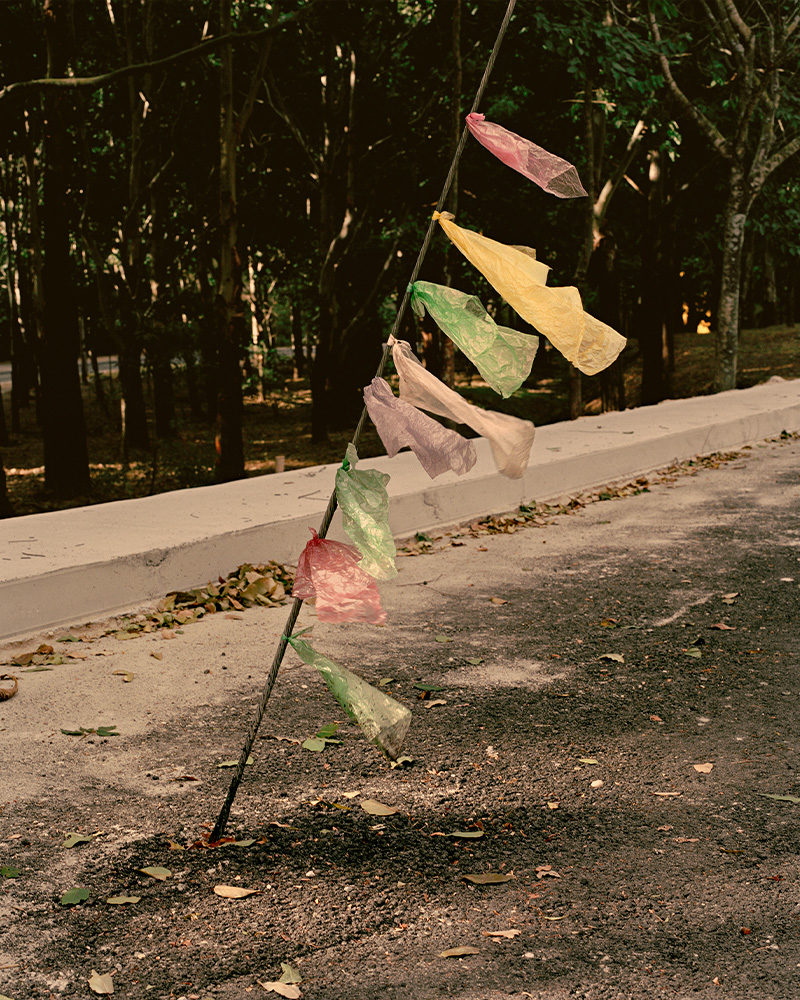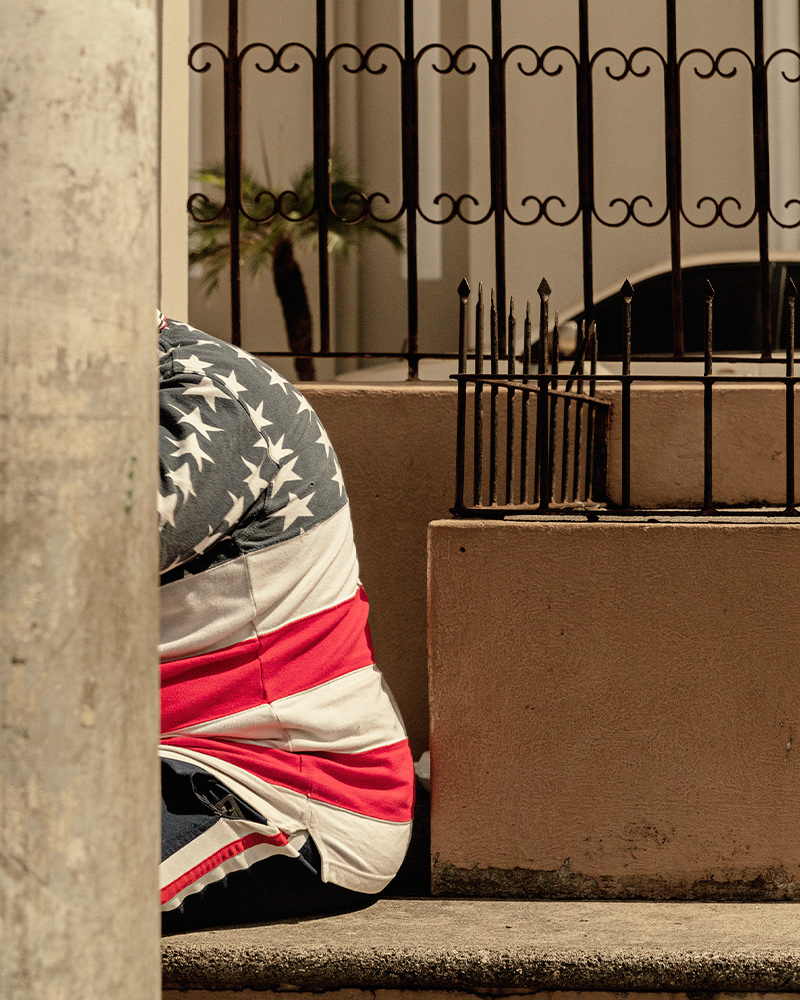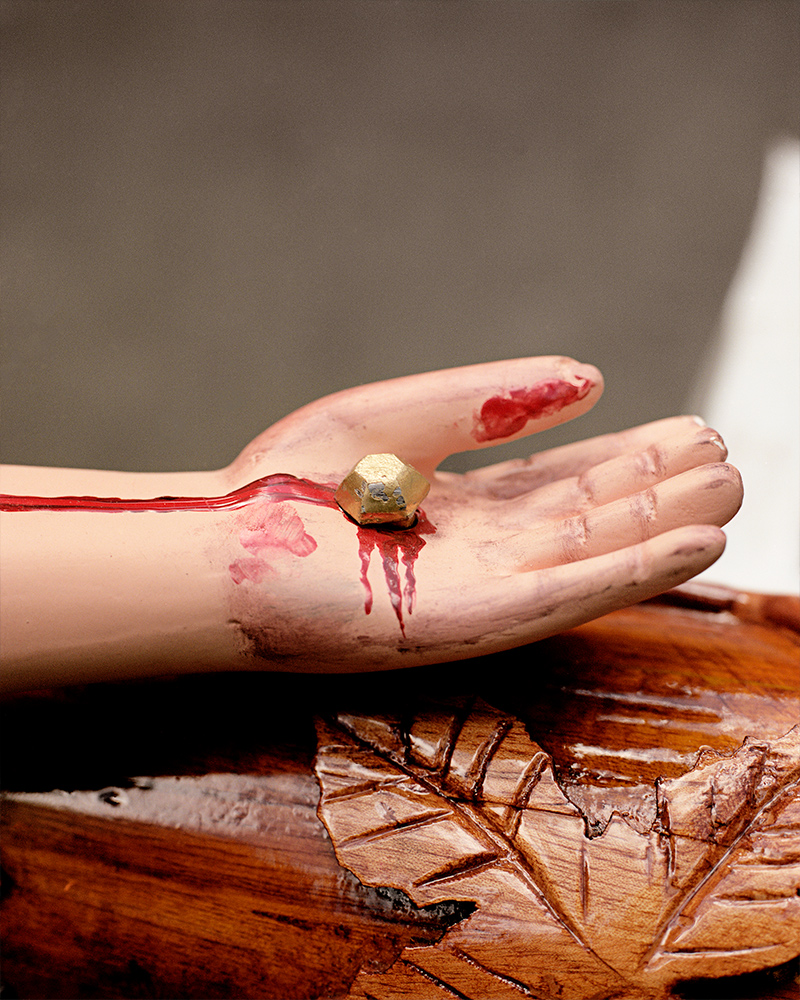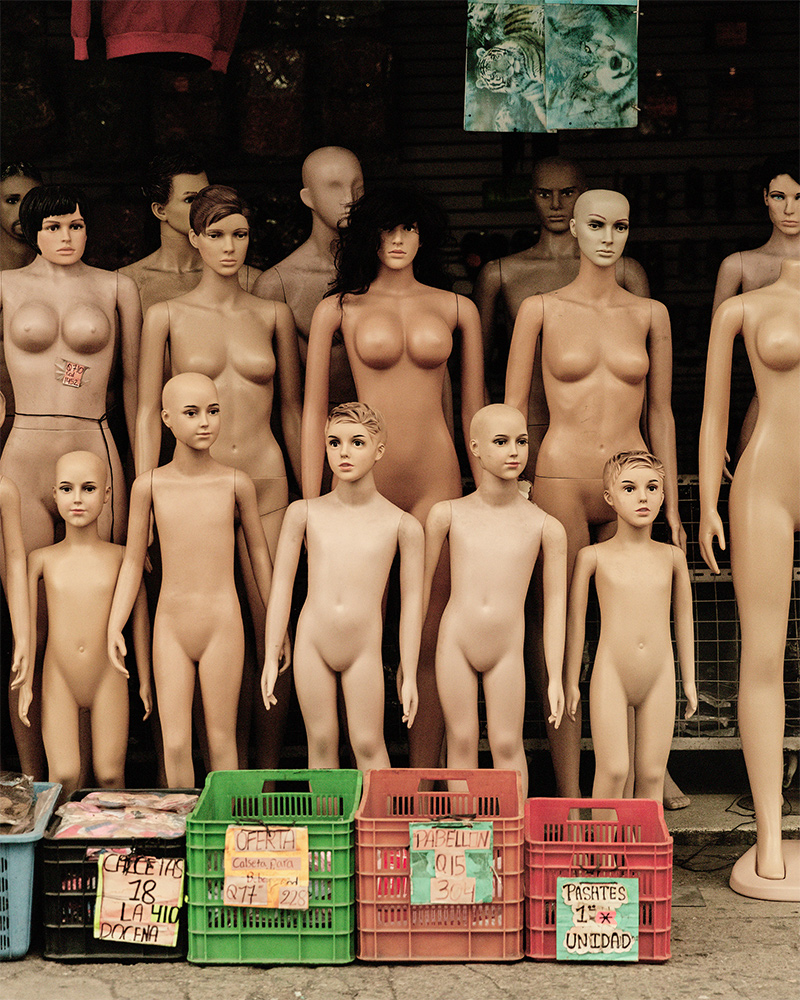Juan Brenner has had many defining moments in his life. Born during the 36-year civil war in Guatemala, he became familiar with life being interrupted from a young age. At 19, Brenner left his home in Guatemala City and bought a one-way ticket to New York City to pursue his dream of becoming a fashion photographer. He made a name for himself there, honing his craft and shooting for magazines like Vogue and Nylon before the unrelenting and toxic lifestyle left him jaded and burnt out. He quit photography and returned to Guatemala City. However, it wasn’t long before Brenner longed to make pictures again, but this time, he had a fresh perspective and an entirely new mission.
"When I got to New York, I didn't want people to know where I was from. I was trying to escape my culture," says Juan Brenner. The artist grew up in a hostile time. Guatemala, ravaged by a 36-year-long civil war, was then devastated by an earthquake in 1976 that destroyed the country's infrastructure and killed over 23,000 people. Fantasizing about a creative life, Brenner's instinct was to escape as soon as he could. "I thought there was no such thing as a Latin American artist, and I just wanted to get out. As soon as the war ended, I ran away from Guatemala City to be a photographer in New York," Brenner recalls, "I knew only a few words of English. I bought a one-way ticket and ended up staying for twelve years!"
Looking back, I realise this decision saved my life.
On paper, Brenner found success and the creative output he longed for in New York. Like many photographers, he started hustling, assisting and meeting everyone he could. Eventually, Brenner got an agent and began shooting editorials worldwide for Vogue, L'Officiel and Nylon Magazine. After years of dissociation growing up in Guatemala, New York offered him the sense of belonging he had always craved, but this newfound stability didn't last long. "The lifestyle got to me," he explains. "It all went to my head: the money, power and the partying. It was inevitable that it would become unsustainable, and I started to feel mentally absent. Although I was doing well, I realised I'd never reach the top. I finally decided to go back to Guatemala and take some time out. I eventually checked into rehab. Looking back, I realise this decision saved my life."
Returning to Guatemala was a reckoning for Brenner, who found himself in familiar territory but with an entirely new perspective. Resettling in his home country made him realise he'd been "naive and ignorant" about his roots and that so much of Guatemala's history was untold. After a seven-year break from photography, where he started a design company with his partner, Brenner began to yearn for the medium he had always loved. He returned to his practice with new ideas - the work became deeper and more personal - as it accompanied him on a personal journey to understand his identity while paying "tribute to my territory."
In Tonatiuh, Brenner traces the steps of the Spanish Conqueror Pedro de Alvarado. The tender and unexpected images describe the repercussions of colonisation on the indigenous lands and culture and how it still affects society 500 years later. "Alvarado was so blond and white when he invaded Guatemala, the Indigenous populations nicknamed him Tōnatiuh in Nahuatl," says Brenner while explaining the book's title. "This translates to The Sun." The publication, shortlisted for the Paris Photo-Aperture Foundation Book Award in 2019, offers multiple readings to create an intimate and complex narrative about the country's past, present and potential future.











